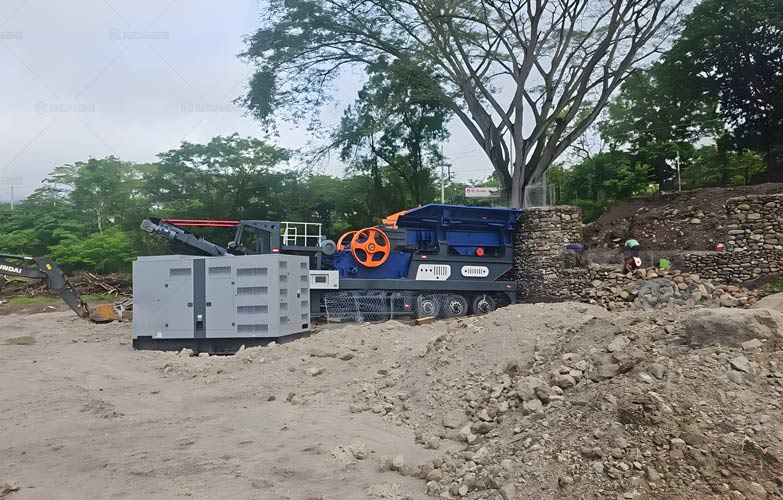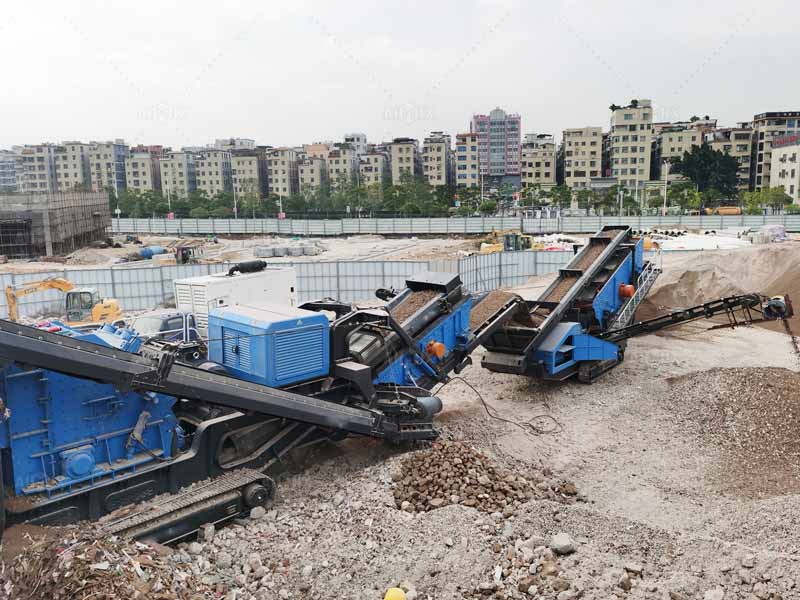
Energy costs have become a major concern for the mining and aggregates industries in Latin America. As global energy prices climb and supply volatility persists, producers face the twin challenge of maintaining output while lowering operating expenses. Optimizing energy consumption in a stone crusher plant(planta de trituracion de piedra) is therefore a strategic imperative that touches equipment selection, process layout, automation, and sustainability planning.

The crushing process is inherently energy-intensive: crushers, conveyors, screens, and ancillary equipment all draw significant power. Inefficiencies often stem from mismatched equipment, irregular feeding, outdated drives, and poor maintenance. Whether working with a large stationary aggregate crusher plant or a compact mobile stone crusher deployed to a remote site, understanding where energy is used is the first step toward meaningful reductions.
Primary crushers, secondary and tertiary crushers, vibrating screens, and conveyor belts are the most power-hungry items in a plant. Motors that are oversized, worn, or running at fixed speeds waste energy. Likewise, repeated re-crushing due to poor screening can dramatically increase total consumption. A targeted audit helps quantify consumption by component and identify the best savings opportunities.
Matching crusher type to rock hardness and desired product reduces energy per ton. Jaw crushers suit coarse primary reduction, cone crushers are efficient for medium-hard materials, and impact crushers are ideal for shaping and finer products. Proper selection can lower energy requirements by 10–20% compared with an ill-matched configuration.
Shorter conveyor runs, optimal screen placement, and minimizing intermediate stockpiles reduce unnecessary handling and idling. An efficient material flow reduces start-stop cycles that spike power draw. Integrating a Variable Frequency Drive (VFD) on conveyors and crusher motors allows for fine-tuned speed control to match real-time load, avoiding excess energy use.
Intelligent control systems collect data on motor load, feed size, throughput, and power use. When feed hardness or moisture changes, automated systems can adjust crusher settings immediately—reducing power spikes and improving consistency. This is true for both fixed plants and modern mobile stone crusher(trituradora de piedra movil) units that include onboard control panels or remote dashboards.
Predictive maintenance uses sensor data and analytics to forecast wear and failure—allowing parts to be replaced before efficiency degrades. Well-maintained bearings, liners, and drives run cooler and with lower friction, directly cutting energy consumption and avoiding costly unplanned downtime.

Replacing old motors with high-efficiency models and using regenerative drives for conveyors and crushers recovers braking energy and reduces net power use. For plants operating on diesel generators or hybrid systems, efficient electric drives translate to lower fuel consumption and extended runtime.
Screening efficiency has a big impact on overall energy use. Precise mesh selection, proper screen inclination, and automated screen routing reduce fines and over-crushing—thereby limiting the need for costly reprocessing cycles in the aggregate crusher plant(planta chancadora de aridos).
Electricity tariffs often vary by time-of-day. Scheduling energy-intensive tasks during off-peak hours and staggering high-load equipment reduces peak demand charges. Where feasible, integrating on-site generation—such as solar—can offset daytime grid consumption and lower operational costs.
Energy optimization delivers environmental benefits: reduced greenhouse gas emissions, lower local pollution, and improved compliance with tightening regulations. In Latin America, regulatory incentives or tax benefits are sometimes offered to operators that adopt demonstrable energy-efficient technologies.
Incorporating construction waste recycling into production reduces the need for primary quarrying and typically requires less energy per ton for processing. Many modern plants integrate recycling modules that turn demolition debris into saleable aggregates—providing both environmental gains and cost offsets.

Rising energy costs demand a comprehensive response from the aggregates industry. By combining proper equipment selection, process optimization, automation, and sustainable practices, a stone crusher plant can substantially lower its energy footprint while improving reliability and product quality. Whether operating a large aggregate crusher plant or a flexible mobile stone crusher, the investments in energy optimization pay off through lower operating costs, reduced emissions, and stronger competitiveness in an increasingly sustainability-driven market.